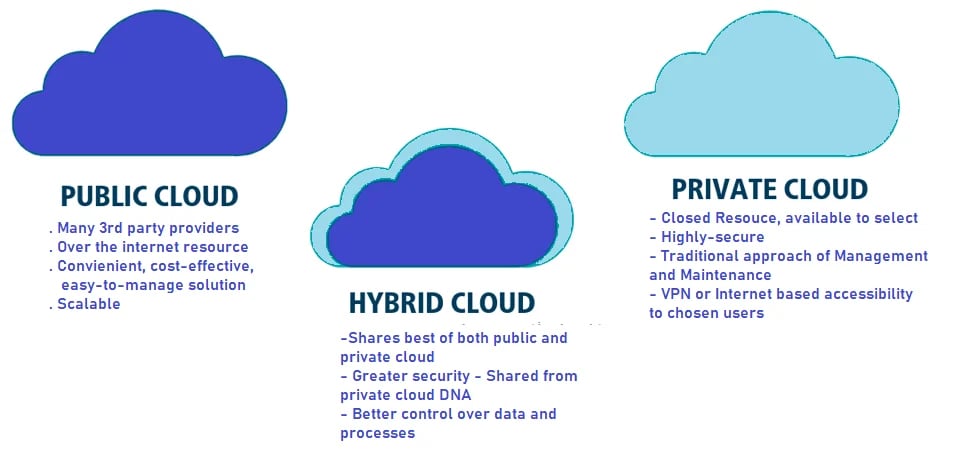Amateur Radio Digital Modes
[ad_1]
The digital modes of transmission utilised in newbie radio have found several options because the arrival of own pcs, the availability of soundcards, and highly developed methods. Since the previously electronic modes used huge and significant mechanical teleprinters, they applied to be very bulky to take care of and inconvenient to operate. The new digital modes are a great deal additional effective and can be used flexibly.
Newbie radio incorporates many interaction modes, like electronic modes that give audio input into the microphone of the radio and use an analog scheme for its transmission. These analog strategies consist of frequency modulation (FM), amplitude modulation (AM), and one-sideband modulation (SSB).
So, listed here, in this post, we will examine some of the most commonly utilized novice radio digital modes that offer effective transmission with decreased interference. Consider a glimpse!
Preferred Possibilities For Digital Method Amateur Radio Transmission
Quite a few amateur radio electronic modes that use distinctive procedures formulated more than the years are readily available. Some have purposes in distinct fields, whilst many others are broadly used. If you’d like to obtain in-depth insights into novice radio, click on to check out and find out extra about it.
However, due to the fact there are broad varieties, mentioning them all is not practical. So, under is a list of some of the most typically applied electronic modes.
- PSK31 – Stage Shift Keying 31.25 Hz
Also recognised as Binary Stage Shift Keying 31.25 (BPSK31), it is just one of the most popular electronic modes in the significant-frequency bands. It makes use of section shift keying modulation and can take 31.25 bits per 2nd for information transmission.
It has a limited bandwidth of about 100 Hz, which enables it to resist interference. It also facilitates dependable info transmission at nominal power. It is a broadly approved electronic mode that permits authentic-time communications like texting.
- RTTY – Radio Teletype
Radio teletype (RTTY) is deemed the initially electronic method that initially had massive, bulky mechanical teletypes. It used a 5-little bit Baudot code for facts transmission working with a two-tone system. When on high frequency (HF), its frequency shift keyed the carrier signal.
Even so, when on incredibly superior frequencies (VHF) and higher than, its frequency change keyed an FM signal with an audio tone. The manner is continue to really well-known. Having said that, it employs modern day computers for coding and decoding. It now works by using a 170 Hz change keying frequency at a 45.45 baud amount, which is 60 text for every moment.
- AmTOR – Beginner Telex More than Radio
An AmTOR is a distinctive type of RTTY that provides mistake detection and correction. It is 1 of the earliest pc-fashion electronic modes that was utilised at superior frequency.
Listed here, facts transmission happens in compact teams due to the fact it finds application generally in HF. When the affirmation for a distinct team is received, the next small data group is despatched.
- MFSK-16 – Many Frequency Shift Keying
MFSK makes use of a multi-frequency shift keying approach with a two-tone strategy to build a number of tones. This will make it a lot more resilient to interference as opposed to PSK31. Also, it makes use of many tones or sequences of tones to transmit information. In real-time, it presents a consumer-helpful chat manner for newbie contacts, nets, and bulletin transmissions.
MFSK allows information transmission in both instructions at various situations, which tends to make it a fifty percent-duplex. It makes use of a non-Computerized Repeat Request (ARQ) ahead error correcting manner for the transmission. The manner presents large overall performance even when fading or interference thanks to the mistake safety.
- WSPR – Weak Signal Propagation Reporter
WSPR is an open-supply computer software set managed by radio amateurs. It is utilized for sending and receiving weak indicators involving stations. It is a software that permits lower-electric power transmissions to take a look at communication paths in medium and superior-frequency bands. The plan utilizes a protocol that analyzes achievable propagation paths that have low-power transmissions.
In a 2.5 kHz bandwidth, the computer software can decode signals with a signal-to-sounds ratio of -2.8 dB. WSPRnet is the central databases with a mapping facility wherever stations transfer their reception experiences using world wide web connectivity to discover the propagation paths they can use.
- WSJT – Weak Signal Interaction
WSJT is also open up-resource software program managed by a crew of radio amateurs. It is an amateur radio digital method created for weak signal transmissions. Numerous other modes arrive beneath WSJT, based on specialized programs. So these modes involve JT6M, FSK441, FT8, JT4, JT65, and more.
Nonetheless, FT8 has grown significantly less than WSJT because of to its possible to carry out large-frequency communications in excess of very long distances. In addition, it has reduced signal attributes that supply substantial efficiency in decoding continual-point out and small-lived alerts.
Winding Up
Various other newbie electronic modes are less than experimentation, and new kinds arrive up regularly. Persons also enrich latest modes, creating them extra helpful in operating. With new systems, new software program and strategies are used to increase the general performance of digital modes and decrease interference in signals for powerful communication.
[ad_2]
Resource url







